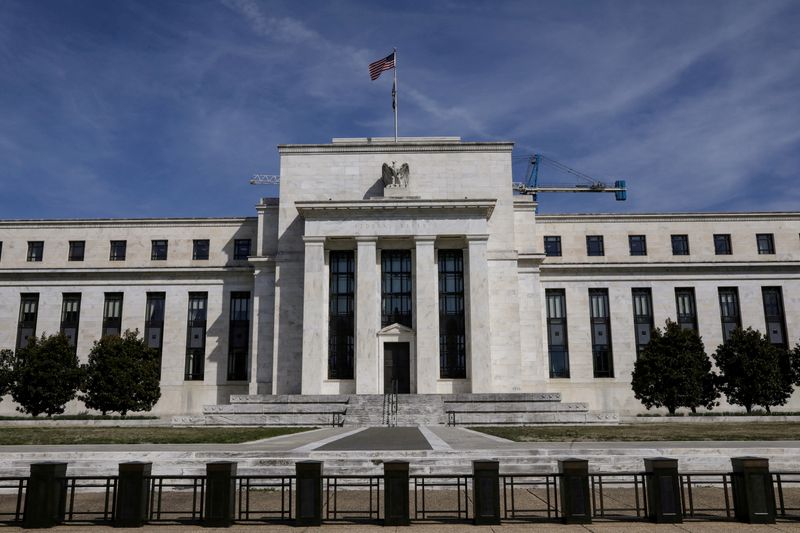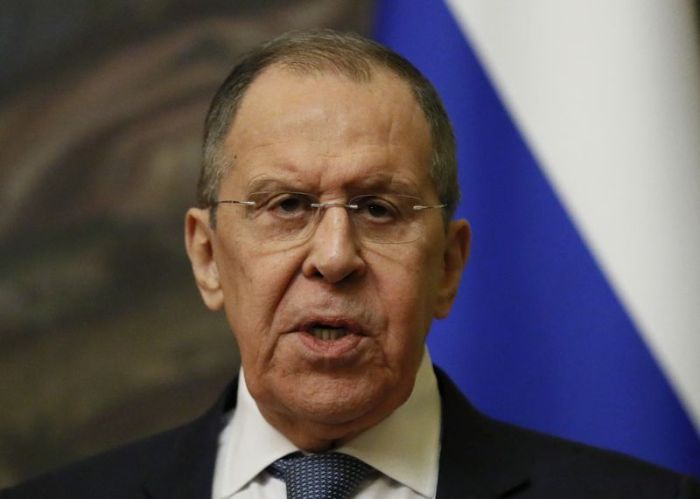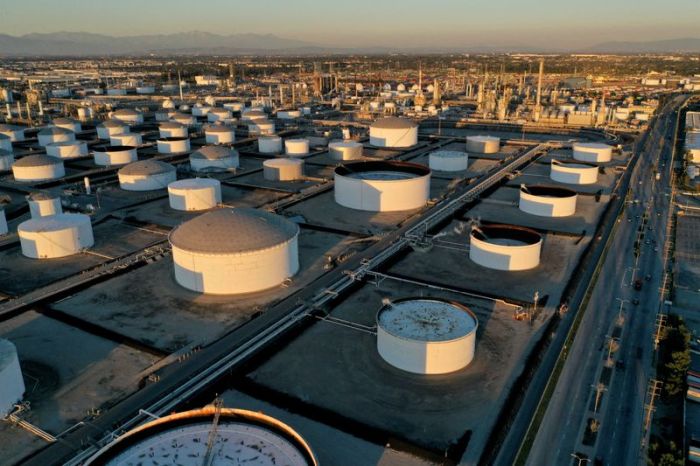(Reuters) -Some big beasts of the central banking world take centre stage over the coming week, with the U.S. Federal Reserve, the Bank of England and the Reserve Bank of Australia holding policy meetings.
A glum read-out on China’s economic health could put more pressure on the yuan while Russia seems to have swerved a sovereign default, for now.
And did anyone say dollar?
Here’s a look at the week ahead in markets from Tom Westbrook in Singapore, Ira Iosebashvili in New York, Dhara Ranasinghe, Sujata Rao and Karin Strohecker in London.
1/THE HAWKS FLY
Increasingly hawkish Fed rhetoric has sparked nasty sell-offs in stock and bond markets, and on Wednesday we will see just how aggressive the central bank plans to get over coming months.
The Fed has flagged a 50 basis-point interest rate rise on May 4, and investors expect a hefty 240 bps of monetary tightening in 2022. Many reckon the Fed will continue to surprise on the hawkish side, as it fights to tamp down the worst inflation in four decades. [L2N2WK2GX]
Markets will also focus on the Fed’s plans for its nearly $9 trillion balance sheet, which it could start unwinding as early as May.
2/FOUR IN A ROW
The Bank of England’s meeting, a day after the Fed, is tipped to lift interest rates for a fourth time in a row, the first time it would have done that since 1997.
BoE boss Andrew Bailey says the bank is treading a “very tight line” between curbing inflation, which at 7% is more than three times its target, and avoiding a recession.
A quarter point hike to 1% would meet a precondition for the BoE to start actively selling bonds it holds. A big question for markets is when these sales will start; estimates range from June to well into 2023.
Active bond sales would tighten monetary conditions but could hurt a faltering economy and no major central bank has yet started the process.
3/DOLLAR THE DESTROYER
April is said to be the cruellest month and it’s certainly been so for anyone on the wrong side of the dollar trade.
A 5% rise in the dollar index, driven by safe-haven flows and an uber-hawkish Fed, has triggered big falls in the euro and yen, as well as emerging market currencies, led by the yuan.
The moves are tightening global financial conditions, which can cause economic growth to slow. Companies in Japan, Germany and elsewhere face higher import costs for dollar-priced materials and components.
Some past Fed tightening cycles weakened the U.S. currency once they kicked off. This time though, comparisons are being drawn with 1994 when 300 bps of rate rises lifted the dollar index 4.6% (following a 10.5% jump in 1993). Those moves were blamed for subsequent waves of emerging market crises.
4/CHINA TO AUSTRALIA
The yuan, down 4% in April, may have further to fall after Sunday’s data showed factory activity in the world’s number two economy contracted at a steeper pace in April after widespread COVID-19 lockdowns halted industrial production and disrupted supply chains, raising fears of a sharp economic slowdown in the second quarter that will weigh on global growth.
Beijing, for now at least, seems to see the yuan as its main policy lever, much to the disappointment of stock markets which had hoped for more explicit government help. China’s slowdown has also applied a discount at the quarry – pushing the Aussie dollar down some 4.5% through April.
With recent data showing Australian first-quarter inflation at 20-year highs, anticipation is building that a hiking cycle could begin as soon as Tuesday. Swaps pricing and several economists reckon a 15 bps rate hike is likely.
GAS & DEBT
Moscow has upped the ante in its standoff with Western capitals over payments for gas shipments. It has cut gas to Poland and Bulgaria after they refused to accept its demand for payments in roubles rather than euros.
The European Commission has warned that rouble payments could breach sanctions, but officials are still struggling to clarify the European Union stance on Moscow’s payments scheme.
The elephant in the room is Germany – Russian gas comprises around a third of its total gas use, so the economy could slip into recession if supplies are cut.
Meanwhile, Russia made a last gasp payment in U.S. dollars to seemingly swerve a sovereign default looming on Wednesday. A senior Washington official confirmed the payment had been made without using frozen reserves in the United States.
(Compiled by Karin StroheckerEditing by Tomasz Janowski and Toby Chopra)

























